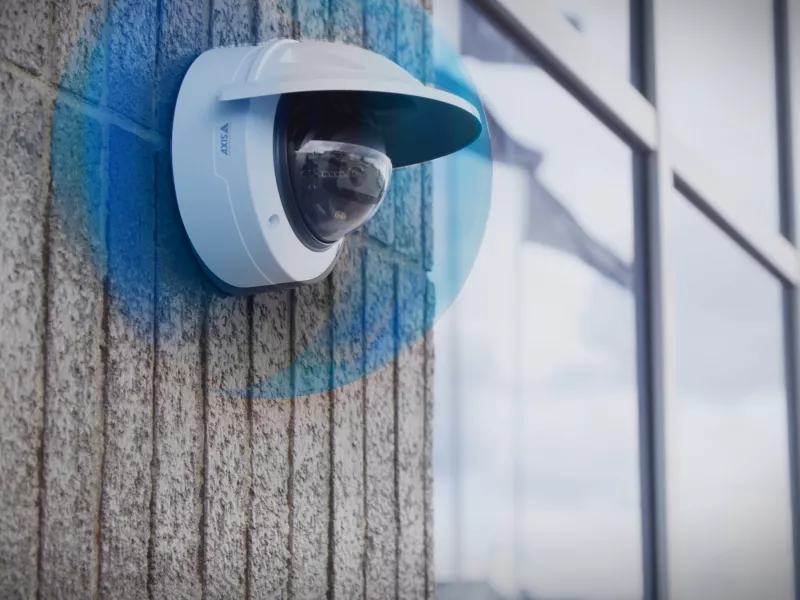Securing a network, its devices, and the services it supports requires active participation by the entire vendor supply chain, as well as the end-user organization. Axis provides tools, documentation and training to help you mitigate risks and keep your Axis products and services up-to-date and protected.
Tactical Resources

Policies and frameworks

Hardening & Integration guides

White papers
Featured Resources

Axis cybersecurity
Learn how Axis supports cybersecurity measures that help you to reduce the risk of a cyber incident.

Secure insights
Read articles about cybersecurity on our blog.

Security notifications
Receive notifications about vulnerabilities and other security-related information.

Vulnerability management
Axis follows industry best practices in managing and responding – with transparency – to discovered vulnerabilities.

